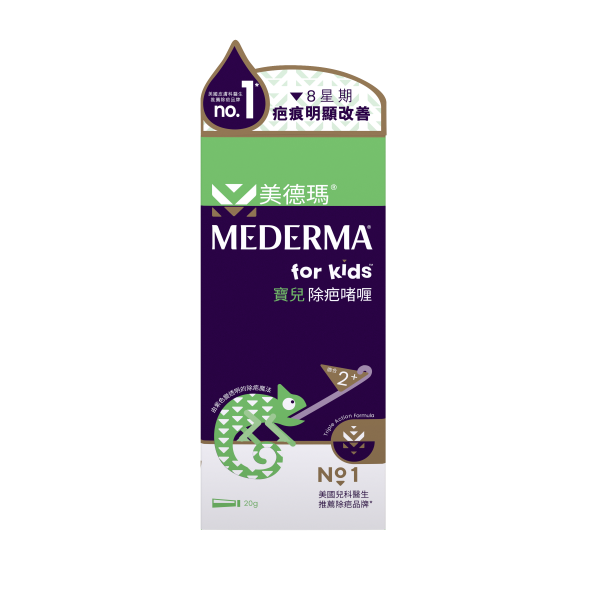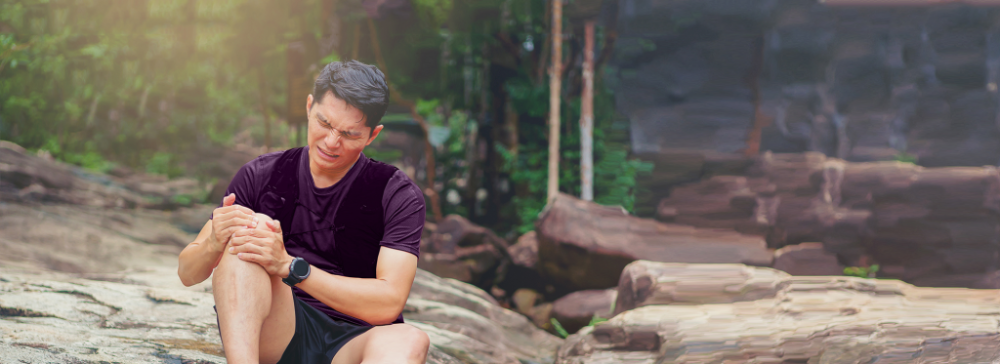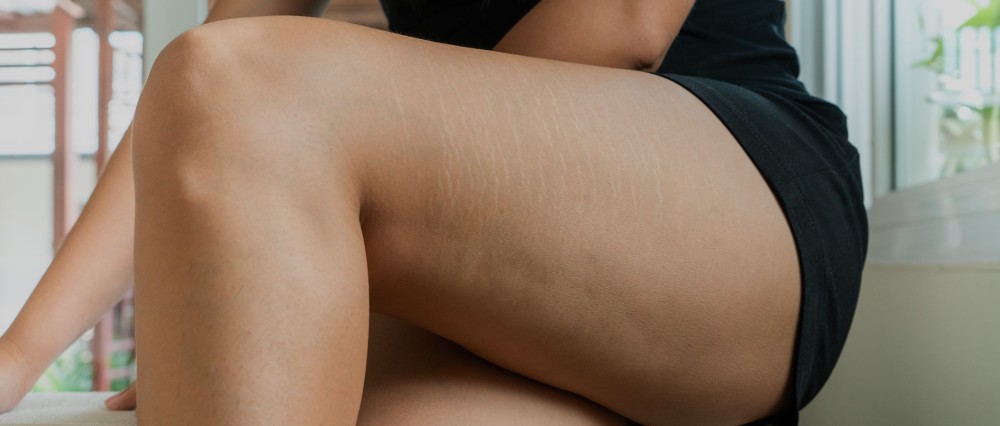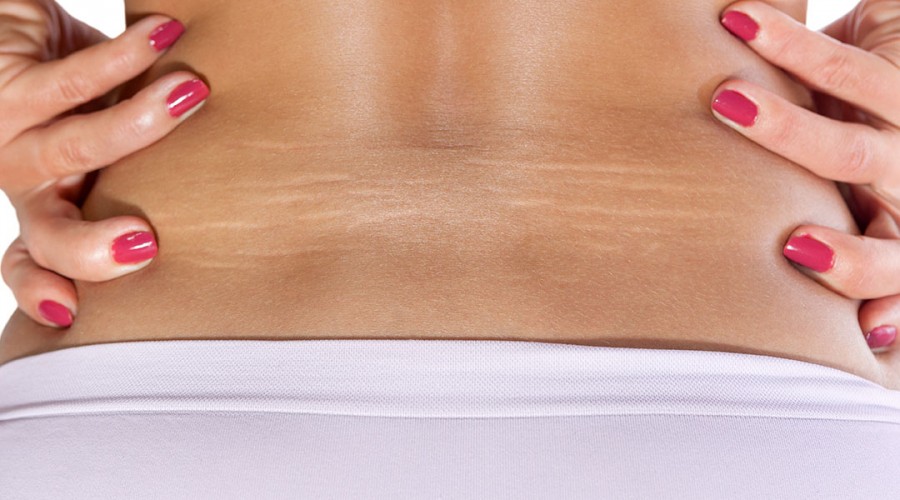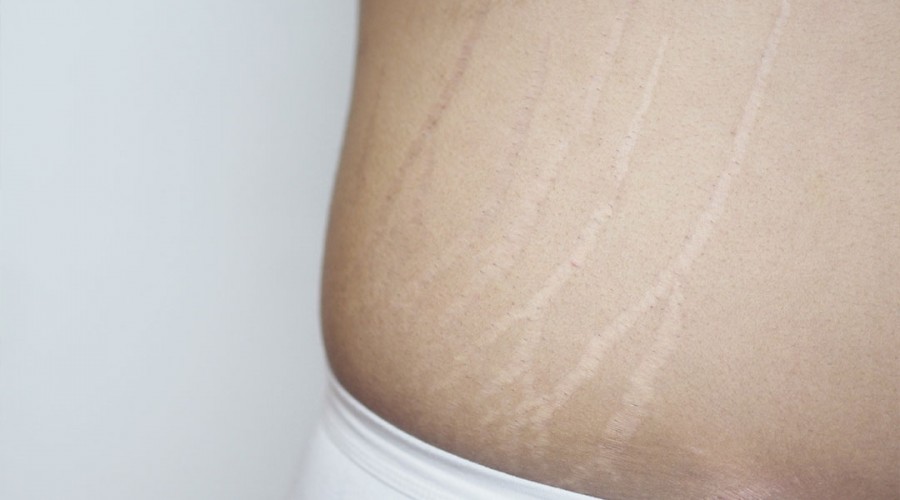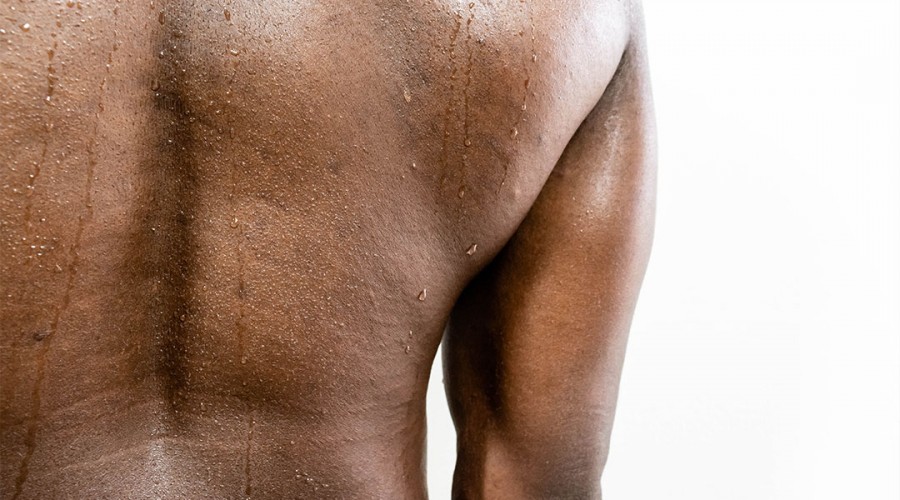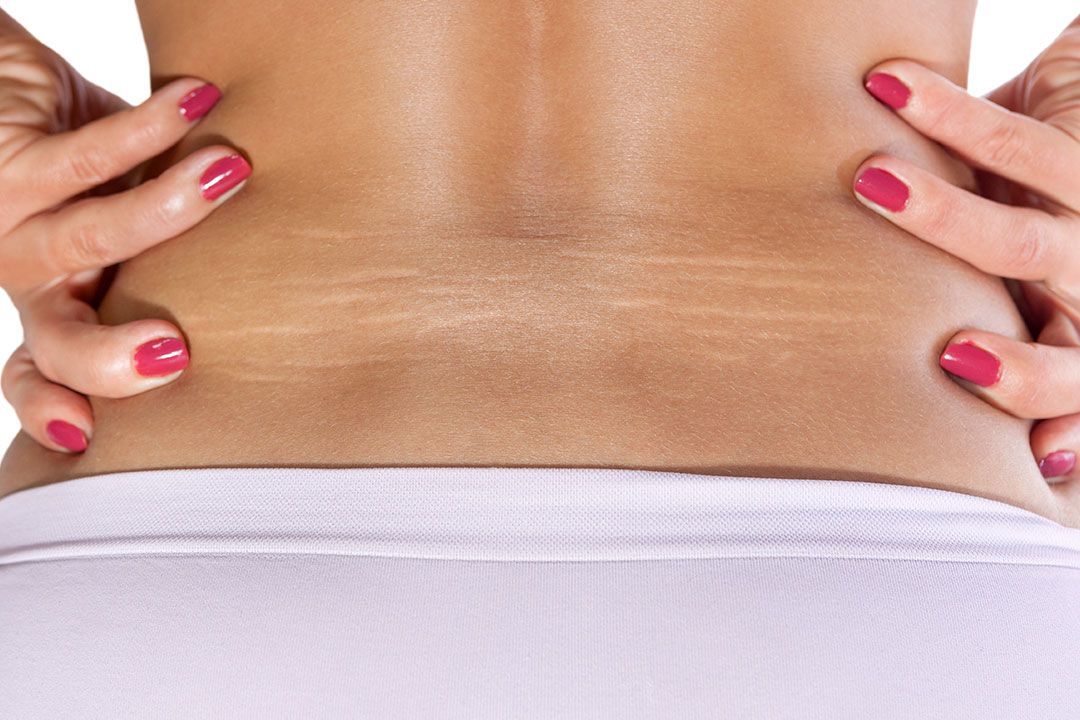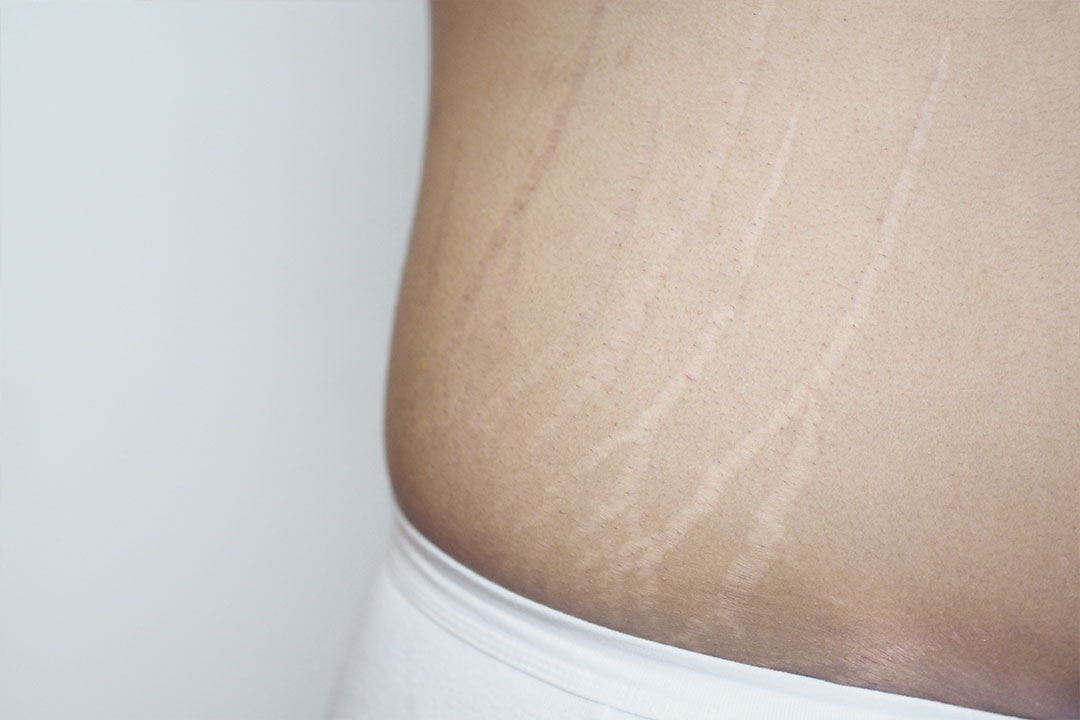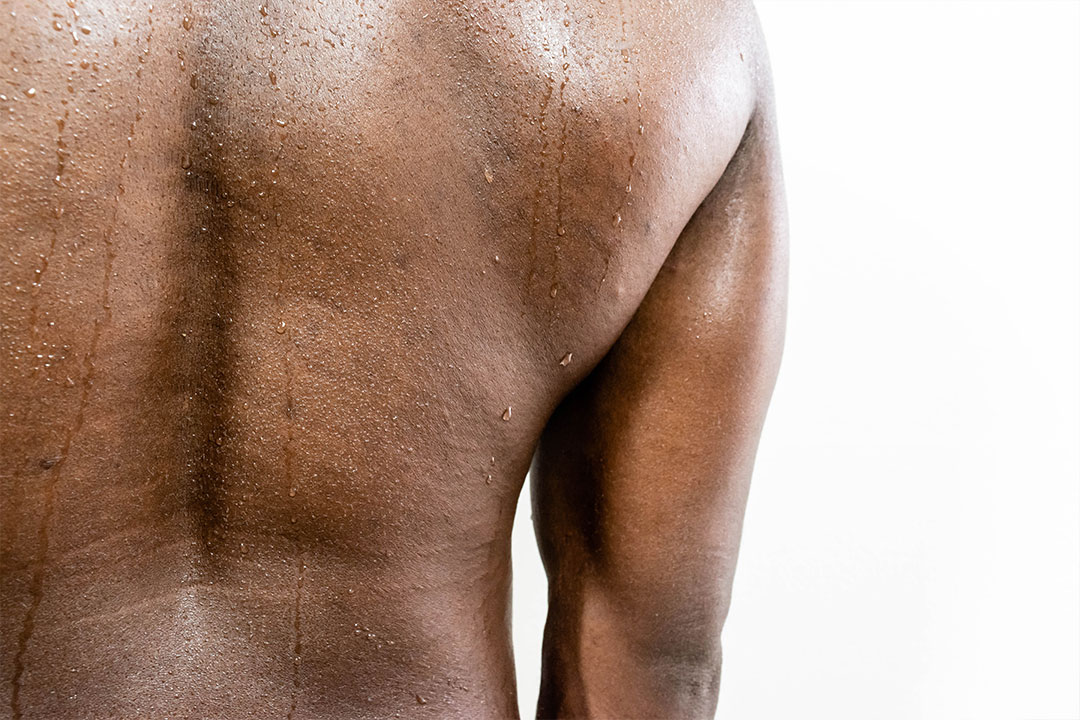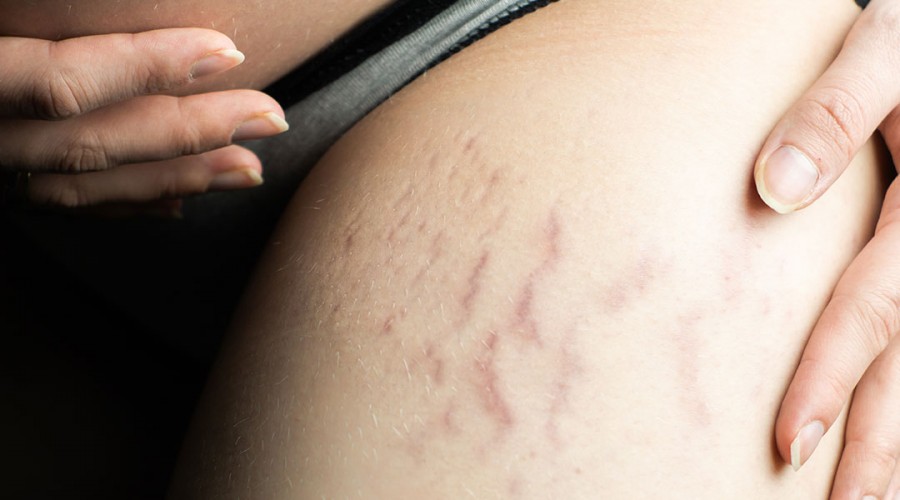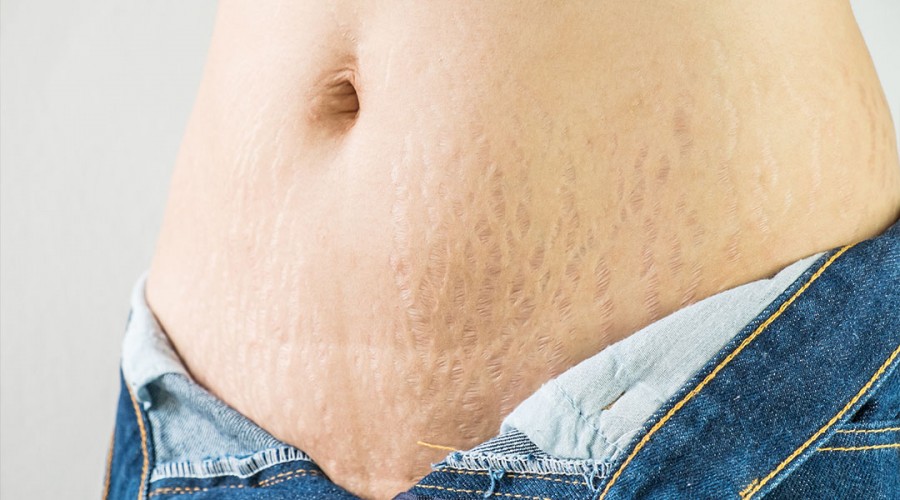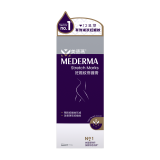Stretch marks can affect anyone, regardless of gender, age or skin type. While pregnancy is a common cause of stretch marks for women, men are also prone to stretch marks caused by growth spurts during puberty, sudden weight gain or a quick increase in muscle mass during exercise.
Maybe your stretch marks don’t bother you or you don’t care about them, but you probably don’t want to let them tell your story. While your stretch marks will most likely never completely disappear, they usually fade with time, especially when properly cared for. The sooner you start caring for your stretch marks, the better the results.
So dive in and find out all you need to know to keep your story yours to tell!
- They’re common during pregnancy but anyone of any age and gender can get them
- They appear around areas where skin stretches too fast
- Prevention is better than the cure
- Scar care products can reduce the appearance…but they won’t go away for good
Contents:
- What are stretch marks?
- When do stretch marks appear?
- What causes stretch marks?
- Who gets stretch marks?
- How do stretch marks age?
- How can I prevent stretch marks?
- How can I care for stretch marks?
